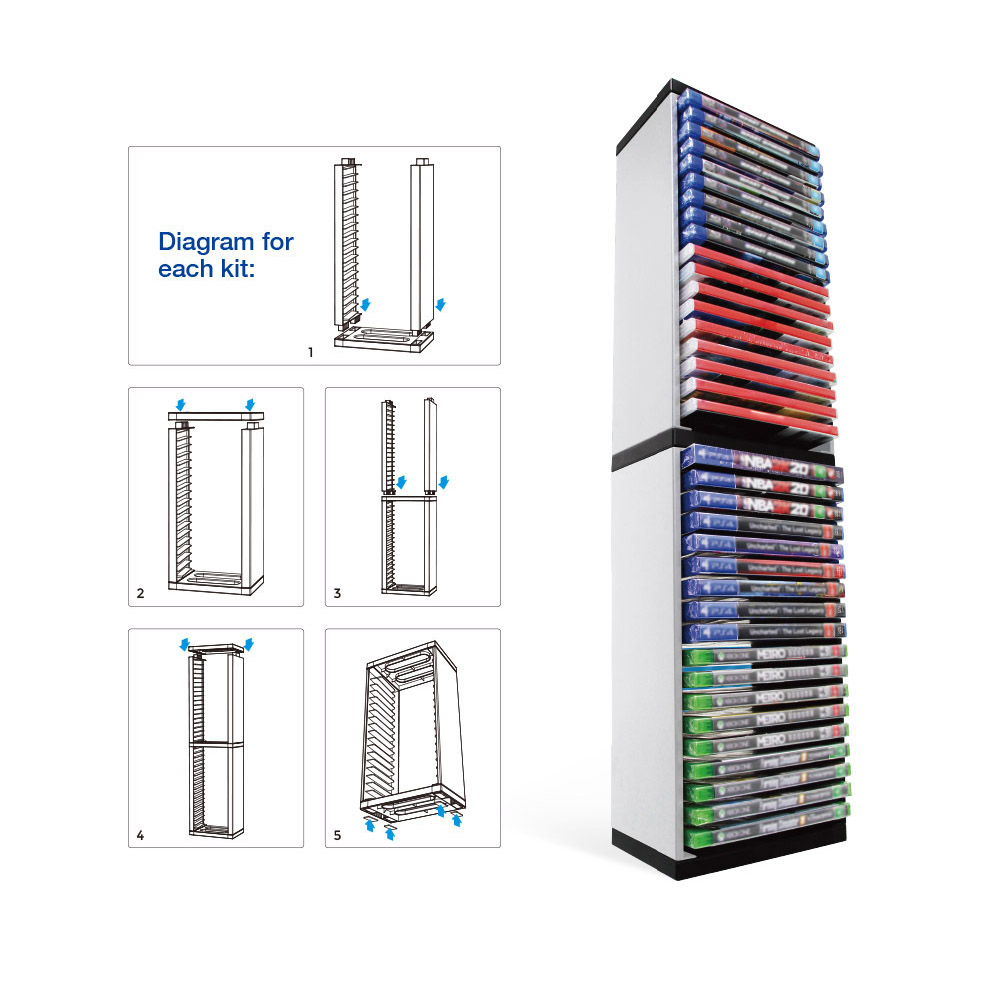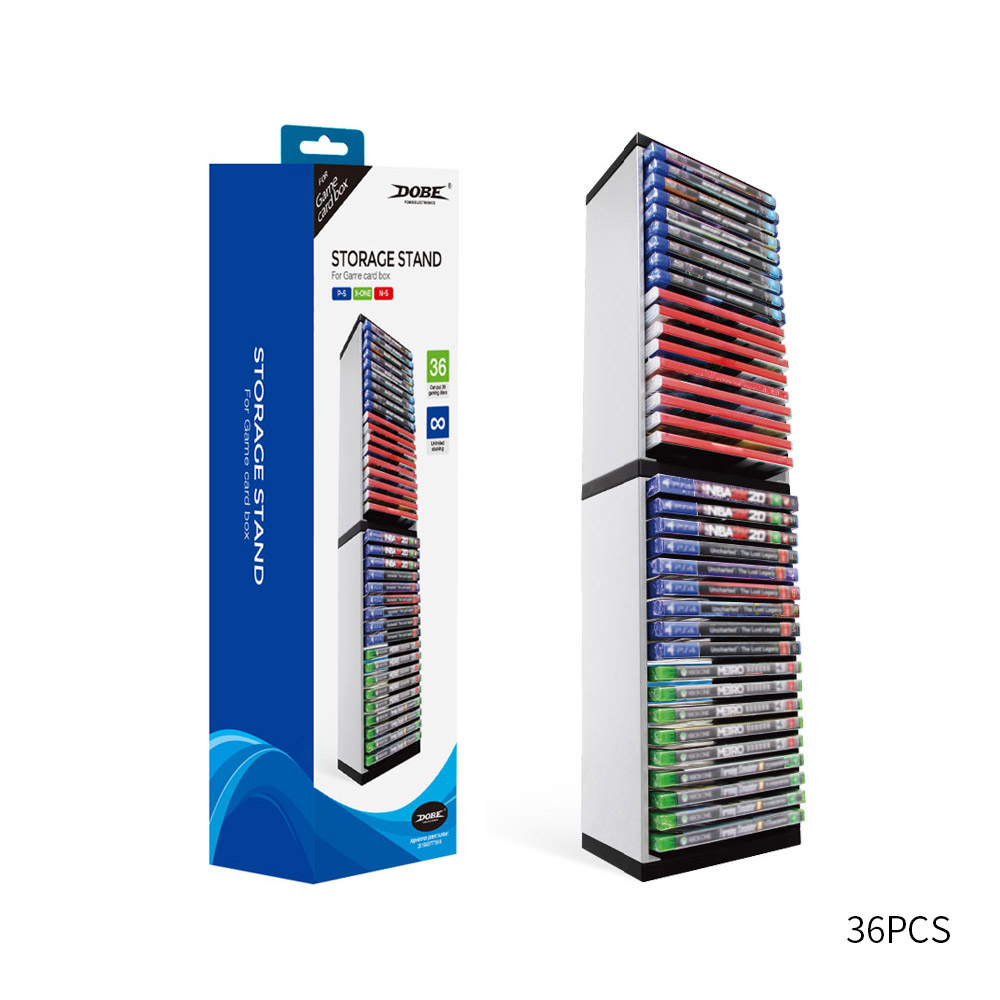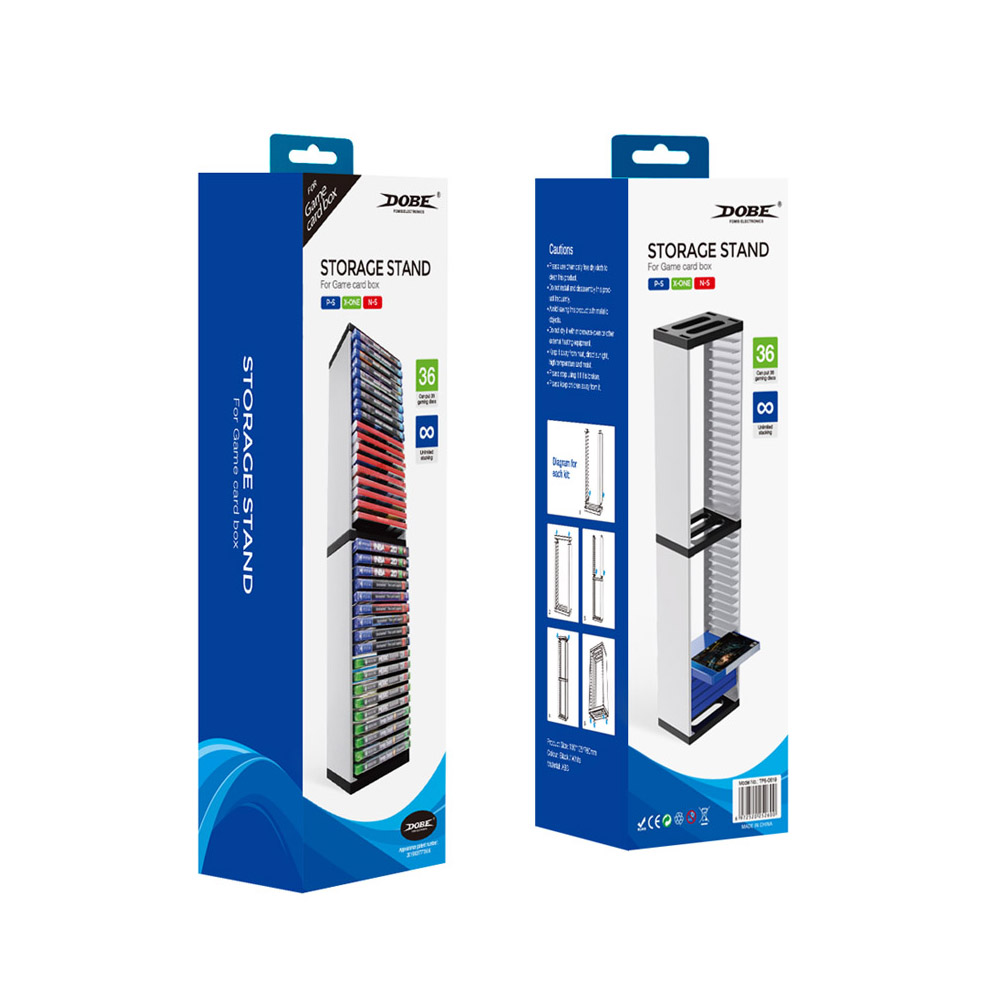On July 19th, Ouyang Minggao, executive vice president of China Electric Vehicles 100, gave a speech on three technical routes of pure electric power, fuel cell and hybrid power. Let's take a look at the related content with the car electronics editor.
Today I am talking about the technical route of car power electrification.
Let's review the technical route of new energy vehicles, and the several aspects of vehicle power electrification. From the perspective of the industry, the automotive industry is generally considered to be the development path of hybrid power, plug-in, and fuel cells. The information industry is pure electric, information sharing, and intelligent sharing. The energy industry, especially the power grid, used to be pure electric, battery replacement, battery rental, and smart grid. Now the three forces in the three industries are slowly competing. The previous strategic orientation has two types in the automotive industry. One is the engine route strategy, which is to make the technical threshold higher and higher, and the other strategy is the pure electric strategy. When the layman enters the automotive industry, he basically adopts this strategy because the threshold is relatively low.
There are a lot of arguments about how China should choose, and there are many swings. Of course, the strategy of establishing a pure electric drive should be 2012.
Tesla - a typical pure electric strategy, from luxury electric cars, and finally to home electric cars - Model3. Toyota, which is a typical example of the automotive industry, is the engine route strategy, also called the high threshold strategy. From the fuel car, to the Prius, to the fuel cell, this route. China's pure electric drive path is exactly the opposite of Toyota. The engine strategy is to first make a hybrid platform, such as Toyota's Prius, and then based on this platform to do a variety of models, plug-in is based on the Prius battery plus a little bit, the fuel cell is also based on the Prius Replace the engine with a fuel cell.
The Chinese model is basically a new energy vehicle that does pure electric power first. It is a plug-in type and a deep-mixed fuel cell based on pure electric power. Finally, on the basis of more battery plug-in type, the battery is reduced, and then the general Hybrid power, reduce the battery based on the deep mixing of the fuel cell, increase the difficulty, and then do the full-power fuel cell. We are an easy to difficult approach. Toyota is gradually increasing the technical difficulty. It is different.
We are the first to develop battery core technology and form the largest battery industry in a competitive market. The biggest achievement of these years is the development of China's globally competitive battery industry. The biggest achievement of all the achievements made today is this. With this, there is a breakthrough. Without it, we can't do it. With pure electric power as the breakthrough and basic platform, we will promote the all-round development of hybrid vehicles and fuel cell vehicles, and form the overall competitive advantage of new energy vehicles. The establishment of this strategy is the "Electric Vehicle Technology Development Plan" in March 2012, "to promote the pure electric drive technology transformation strategy", which is also the first proposed by the expert group. The "Energy Conservation and New Energy Vehicle Industry Plan" also emphasizes this point again. . After the five-year comprehensive exploration of the “10th Five-Year Plan†and the “Eleventh Five-Year Planâ€, the pure electric drive and the conventional hybrid power selected the breakthrough in the development of pure electric drive as the new energy vehicle, which was officially established in 2012. .
After the establishment of this strategy, China's new energy vehicles have entered a rapid development track. As you can see, from 2011 to 2016, it has grown from less than 5,000 vehicles to 510,000 vehicles, and the number of vehicles has increased from 10,000 to 1 million. 100 times growth, while both of them account for half of the world and are in a leading position. So by 2016, we saw a year of global transformation of pure electric drive technology.
Electric vehicles have been explored in several ways, lithium-ion batteries have come to the fore, and technological advances have exceeded expectations. The key core is the lithium-ion battery, and the technological progress is beyond expectations. There are lead-acid batteries and nickel-metal hydride batteries in front, which are not satisfactory, hinder the development, and begin to develop rapidly after entering the lithium battery. China's new energy auto industry took the lead in the industry, entering the industry growth period from the product introduction period, the global pure electric drive vehicle development is irreversible, and the global industrial auto powers have begun to transform.
Below I will talk about three technical routes of pure electric, fuel cell and hybrid.
The first is pure electric.
The energy density of the battery continues to increase and the cost continues to decline. In the past five years, the monomer has increased its energy by a factor of two, and now it has reached 200 watt-hours/kg. The system cost was estimated to be 1.7 yuan this year. Actually, it is already lower than this number. It should be 1.5 yuan and 1.4 yuan. beyond expectation. And this number, the battery factory's net profit is still more than 10%, originally predicted that 2020 is also high, and later changed it, it is estimated to be within 1 yuan.
The introduction of pure electric vehicles, we call "two-head squeeze", buses and micro-electric cars gradually develop into intermediate-class family cars, and the two sides are squeezed in the middle. This situation has also been fully formed. At the beginning, everyone's mileage for pure electric products was more than 100 kilometers, and now there are already many cars with more than 300 kilometers.
The overall level of pure electric commercial vehicles is in a leading position in the world, the scale of products is exported, and the electric vehicles in the middle car era are also being exported. The charging infrastructure also began to show a turning point last year. The previous development was basically flat. It turned out to be a turning point last year. Last year, it was 150,000 charging piles. Since the end of last year, it is now more than 10,000 per month, so it will reach 300,000 by the end of this year. This is public, private car is self-contained. After the electric vehicle entered the market, the entire charging pile industry also began to develop rapidly, and there was an inflection point.
The next step is to form a competitive price-performance model of the mainstream car. Of course, the key depends on the battery. The price/performance ratio of the pure electric vehicle is the ratio of mileage to cost. Because the driving distance of 100 kilometers is more than 100 kilometers. The battery cost is relatively high.
The things we do include several aspects: the cost of the battery has dropped, and of course the power consumption of the whole car has dropped. This depends on the drive system discussed today, and the convenience of the charging facility. There is also a security management. In the end, I hope to achieve the goal of canceling subsidies for small electric vehicles with A-class vehicles and A0-class vehicles with a power consumption of 10 degrees per 100 kilometers and a driving range of about 300 kilometers. By 2020, the comprehensive cost can compete with fuel vehicles. The world is also working in this direction, such as GM, Tesla Model3.
How much driving range is appropriate? It has a close relationship with the model, such as a 2.5-meter-long miniature electric car, and it is enough to continue driving for 150 kilometers. Mercedes-Benz Smart does not need to engage in 500 kilometers, and can not install so many batteries, because the volume is so small. A00 level, like QQ is so big, 200 kilometers is reasonable. To the A0 class, the family car is as big as the Elantra, and 300 kilometers is suitable. To the A-class car, for example, the Jetta is so big, 400 kilometers is reasonable. Class B and C mid- to high-end cars may cost 500 kilometers. From the tune view, Japanese consumers have a 70% acceptance rate for a driving range of 300 kilometers and 500 kilometers in Europe. Because Europe has a very high driving speed and a relatively long driving range, the local market is different and there is no Very small car.
In addition, whether it is super fast charging, say 350 kW, 15 minutes of charging and running 500 kilometers, this is the European formulation. Japan believes that this indicator is excessive. This is the strategy of some European car companies for some models. What is the strategy of the models? The B-class and C-class luxury cars are needed. Obviously (below B) of. And with the rapid development and popularity of the charging infrastructure, everyone will reduce the mileage requirements, if the charging is very convenient is not necessary. In addition, China's double-point management to achieve, there is no discount for excessive mileage, 350 km is the upper limit, 350 km to get 5 points, and then high is also 5 points, so it is estimated that the next 350 km may be a much more useful one for everyone. The mileage, that is, more than 350 kilometers, for example, 360 kilometers, such a car will be more, because it has policy guidance, and it is also a reasonable range.
In addition, in order to increase the mileage, the size of the battery must be reduced. If your battery is very large, you can't install it. What is the size of a typical family car? 220L, such as a 3 ton SUV, which has a battery capacity of 400L. This standard is fixed. What is the size of the battery? The volumetric energy density, how much energy per liter, corresponds to the weight energy density. For example, 250 watt-hours/kg, which is about 500 watt-hours per liter. Therefore, different energy densities also determine the length of the mileage. For example, SUVs are likely to be 500, 600, 700, and 800. However, the size of the car is limited. If the car is as big as QQ, it must run 500 kilometers. Reality, no volume, can't be loaded.
The battery can be loaded, but what about the volume? Now it is gradually increasing the energy density of the battery. By 2020, it can reach 300 watt-hours/kg. When it is about 600 watts per liter, it can be great. solve this problem. This technical route has been fully established, that is to say, 300 watts/kg from the current 200 watt-hours/kg is no problem, and some products have already been made. For example, Betray’s materials have been used in Panasonic. The battery is on.
Another problem is the cost. How to do so with the cost of the battery? The cost must be broken through the key links of the entire industry chain. First of all, the weakest link is raw materials. Hundreds of people will just have a seminar on battery materials in Qinghai. The battery material is mainly in Qinghai, the cost of one ton of lithium carbonate is 10,000-20,000, and it is sold for 150,000-170,000, which is a high profit. What is the reasonable price? 30,000-50,000, if the price of the battery reaches this price, it may fall sharply. The other is to reduce costs in the manufacturing process, the battery yield is not high enough, and the consistency is not good enough.
Third, material recycling and recycling, cobalt is a very rare material, the total reserves of 70,000 tons worldwide, so it must be recycled. Now a Tesla still needs a dozen kilograms of cobalt, which is a big number. By 2020, the proportion of nickel will increase and the proportion of cobalt will decrease, but 5 kg is necessary, so it must be recycled.
In short, the cost of materials is the most critical, and the price increase of materials is also the least easy to control, because materials are resource issues.
How much is it low? It can be based on the price of the internal combustion engine power system to calculate the price of pure electric power system. Inverse calculation, for example, this is the engine, transmission, fuel tank, etc., here DC/DC, reverse The transformer and the motor add up to 60 kWh of battery. How far can it go? By 2020, it can go 400 km. There is no problem. If the price is equivalent, the battery must be $102 per kWh, which is $100. Six hundred seven hundred yuan one kilowatt hour
 [1] [2] [3]
[1] [2] [3] 
- GAMES STORAGE TOWER : This game card box storage stand holds up to 36 Discs. Compatible with PS5 PS4, PS4 Slim, PS4 Pro, X-box one , Nintendo Switch, Nintendo Switch Lite as a Vertical Stand and Organizer. It keeps video games neat and organized in a smaller space.
- HIGH-QUALITY-MATERIALS : The games box storage stand holder is made of ABS material. Hard and stable, very durable .The storage Vertical stand not easy to fall apart or skewed, good partner for storing game card boxes.
- EASY TO PUT TOGETHER : This Vertical holder stand consists of seven parts, Precise cuts and interfaces. Quick to assemble and very nice looking . Very useful storage for your games.
- NON-SLIP SILICONE PAD :The vertical storage stand also have four rubber dots on the bottom to prevent them from sliding.They are made of silicone,is very definitely useful. Especially on your Glass table top or Smooth floor.
- SLEEK and STURDY : It is very sturdy. So we suggest that you do not remove it easily after you install the games storage stand. It is not easy to take apart.
  
|
PS5 Game Storage Tower Stand,Game Storage Tower Stand for PS5 ,PS5 CD Game Discs Tower,PS5 durable Games Storage Tower,Game Storage Stand Tower for PS5
Shenzhen GEME electronics Co,.Ltd , https://www.gemesz.com